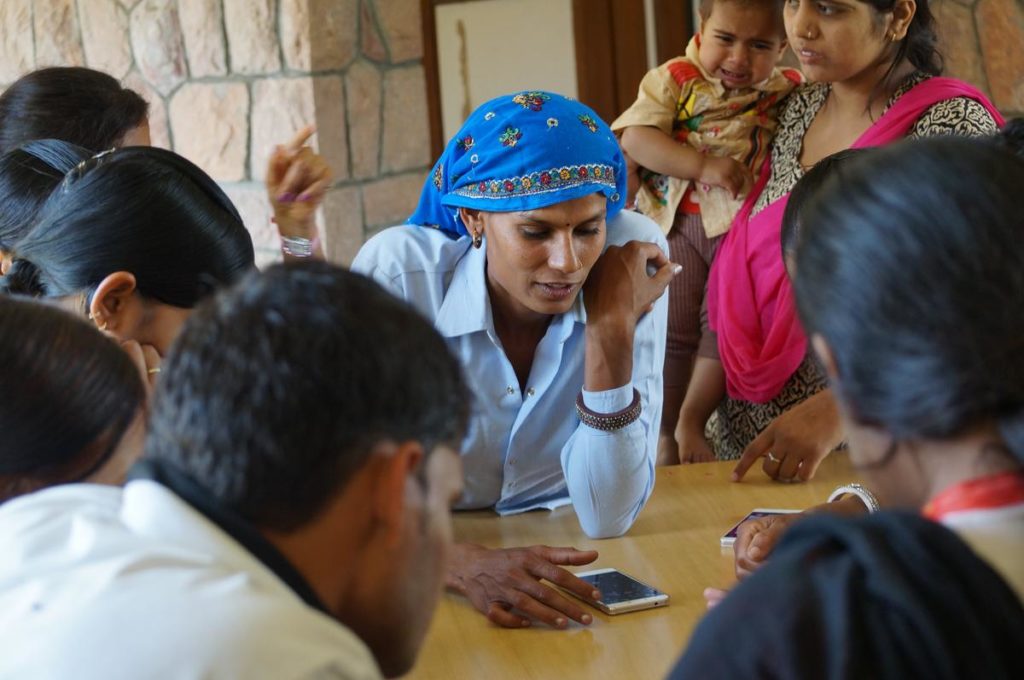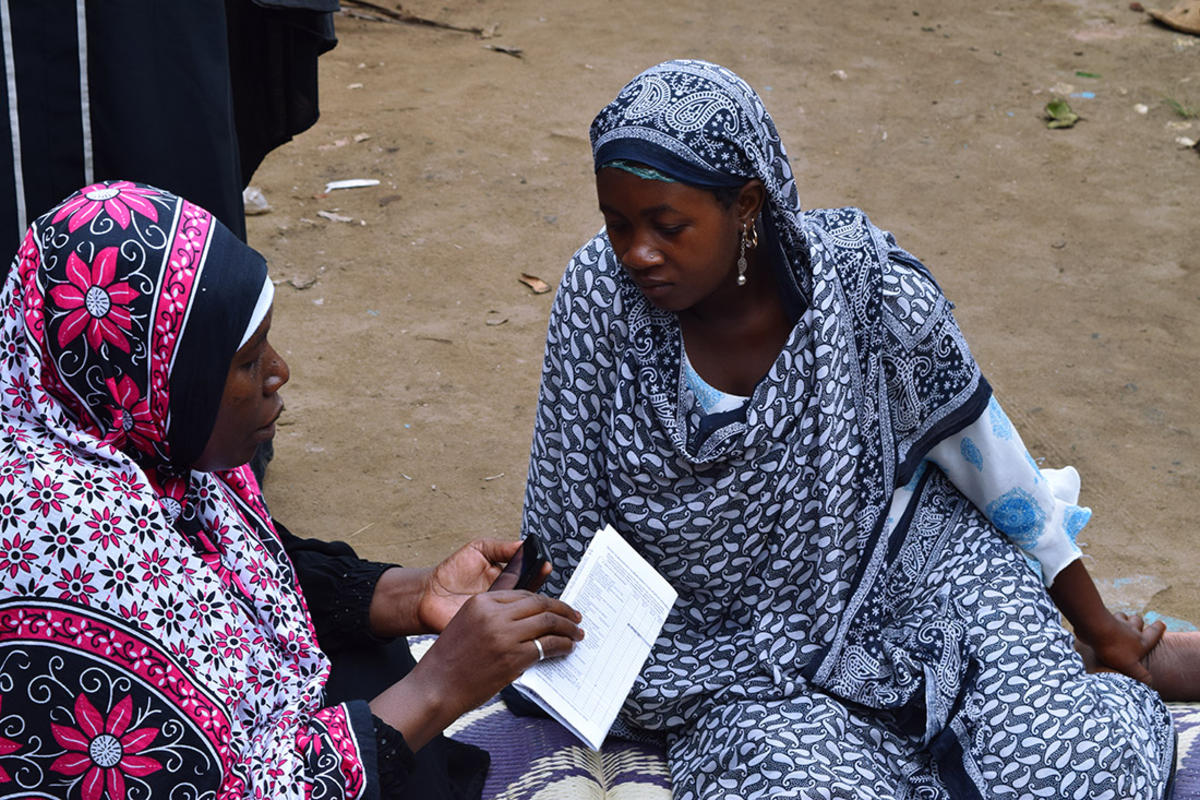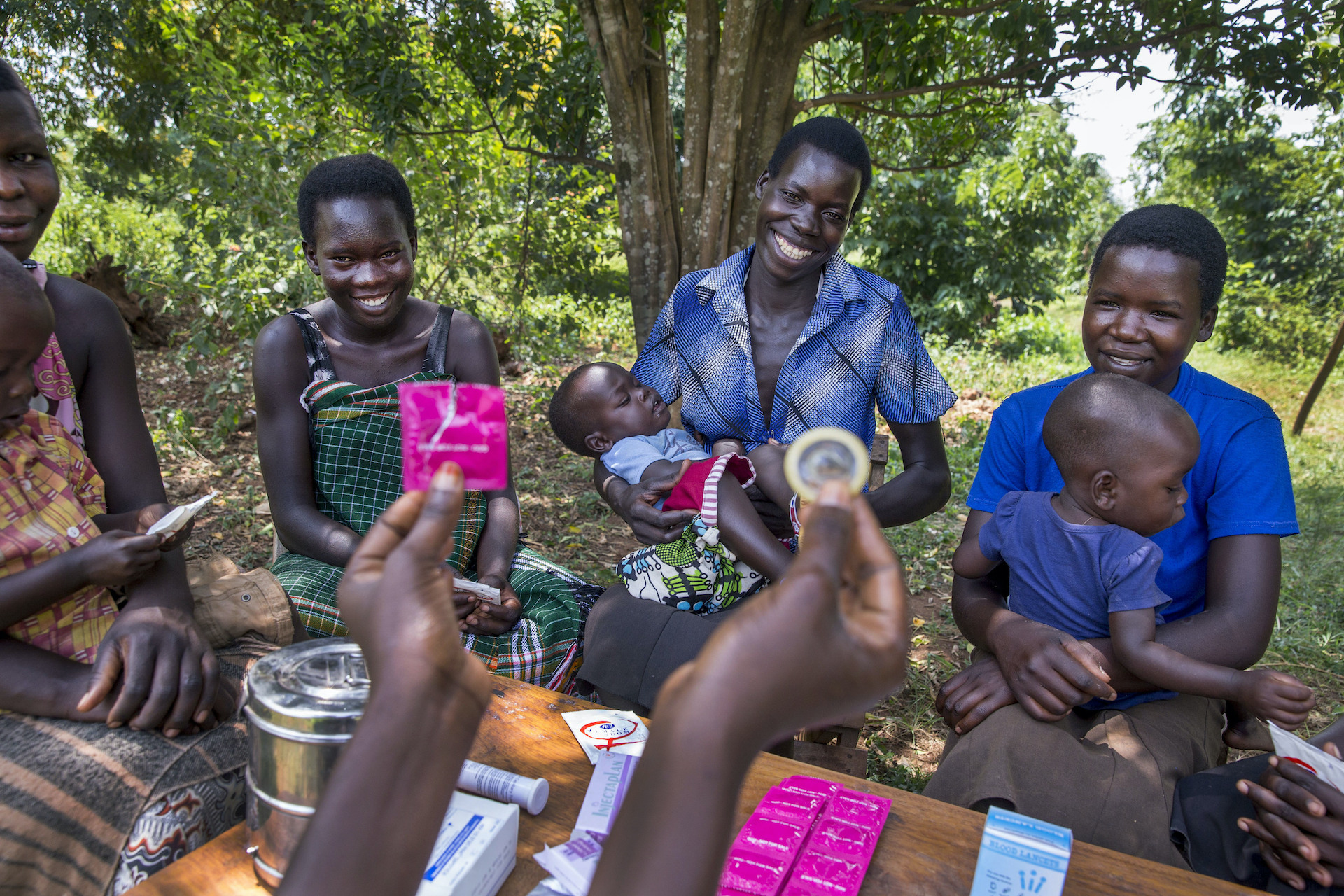How We Reach Family Planning Professionals
Q&A with Knowledge SUCCESS Communications & Digital Strategy

How is Knowledge SUCCESS using innovative and creative ways to share tools and resources with the family planning and reproductive health community? Communications Team Lead Anne Kott and Director of Digital Strategy Marla Shaivitz explain how their private sector backgrounds inspired a new approach to communicate for and about our project.
Key Takeaways:
- Understand your audience as individuals. Then create content that suits their unique needs, behaviors, and preferences.
- Find inspiration in the way people share and learn in their non-professional lives.
- Reach your audience through the channels where they prefer to be reached.
- Look at the science behind trends and viral posts to create content that is engaging for your audience.
- Don’t rely solely on what’s been done in the past. Try out new strategies and see what works.
What steps are the digital and communications teams taking to build awareness of Knowledge SUCCESS and reach FP/RH professionals, and why is this important?
Anne: We are building on a very well known and well loved project, K4Health, and we’re doing that with a smaller, more niche audience—K4Health encompassed global health, whereas Knowledge SUCCESS is focused exclusively on family planning and reproductive health.
Marla: We’re lucky to have had such a strong and passionate audience that followed K4Health and continues to follow our work through Knowledge SUCCESS. We’ll be building on that solid foundation by connecting with those dedicated community members.
Anne: We’re really trying to consider our community members as a whole person. We’re not just thinking about them in the context of working life; we’re looking at them holistically. On an average day, people aren’t just interacting with “work information.” They have online experiences outside the workplace context, in their everyday lives. They’re interacting with all sorts of websites, social media accounts, apps, news outlets—and they’re taking in all of that information at the same time. Where in all these sources do they find inspiration? How does it impact their expectations for how they receive information in a professional setting? These are the questions we’re asking ourselves as we communicate about this project and for this project.
In the private sector, brands build awareness by creating a cohesive experience across web, email, and social media platforms: the email you receive reflects what you looked at on a website, which is also reflected in the ads you see. Marketing teams provide this cohesive experience to make it easier for you as a consumer to access important information, typically about a product they hope you’ll purchase. We’re not selling products. But we can still take inspiration from some of these strategies that ultimately make it easier for our audiences to access and use FP/RH information that’s important to their jobs.

How is knowledgesuccess-org.knowledgesuccess.org serving as a platform to reach FP/RH professionals with critical information?
Anne: The way we built and designed our main website is informed by how people currently use the Internet. We’re moving away from a model where websites act as repositories for pdfs and towards a model where the content is much more interactive, it’s optimized for search engines, and it reflects the fact that people are predominantly using Google to find resources, visit a page, and then leave. We want to make sure that those pages can be found quickly, that they have the information our followers need, and that the pages’ content is tailored to the way that they consume and process information.
Marla: We’re also very mindful of website load speed, especially for our users living in areas with low-bandwidth. We want to reach all users, regardless of their Internet connectivity level.
Anne: People might see changes to the website as the project develops. We don’t have all of the answers immediately. We try to practice what we preach, which is continue to learn, iterate, and improve. So what you see on the website today, might change slightly in the next few months as we learn more about what people need. Our goal with this project is to be as responsive as we can be. This doesn’t mean we want you to have a completely new experience every time you visit the website. But we will be prototyping, experimenting, trying out new things, and seeing what works.
We want to reach all users, regardless of their Internet connectivity level.
While Knowledge SUCCESS is built upon the work of CCP’s Knowledge for Health (K4Health) project and continues USAID’s 40-year investment in knowledge management, it has a distinct mission and a unique scope of work. What distinguishes Knowledge SUCCESS from our predecessor project?
Marla: With Knowledge SUCCESS, we’re infusing new disciplines, such as behavioral economics, that help us gather data and insights about our audiences so that we can understand them better and reach them in ways we haven’t previously been able to do so.
Anne: There’s also this focus on our audiences as an individual. We’re looking at their unique knowledge behaviors and needs at the individual level. This comes through partly with this cross-over between behavioral economics and knowledge management and our new partnership with Busara, but also – as Marla mentioned – in the way that we’re using data and tools that are traditionally used in the private sector to understand online behaviors. These tools are helping us understand how users are interacting with the project’s products and services and making sure that those products and services are tailored to our audience’s needs and learning styles, in a way that wasn’t done in K4Health.

Through research that our partner Busara is leading, we are learning that many FP/RH professionals often interact with FP/RH knowledge that does not match their learning style. Why is this a problem, and what tools are the Knowledge SUCCESS digital and communications teams implementing to help lift this barrier to accessing high-quality content?
Marla: Our audience is busy. They’re reading emails, they’re seeing content on social media, and we’re in competition with everything else they’re encountering. We know the information we’re developing is critical to their work, and we want to cut through that clutter…
Anne: For me, what’s exciting about the way we’re doing communications, including our digital approach, is acknowledging the overlap between how we learn in our professional lives versus how we learn in our personal lives, and recognizing that they might not be all that different.
People have expectations for how emails (and information) are delivered based on their experiences within their personal lives with ecommerce, newsletters, etc. They expect email content to be personalized for them, to be delivered at the right time for them, to be tailored to make a desired action as easy as possible. So our job is to keep these expectations in mind as we create and deliver content, and understand that this is the standard we’re competing with.
There is a science behind what makes a post go viral. You can see it in action through websites like Buzzfeed. A catchy headline, a short post length, an approachable reading level.
In today’s world of endless Twitter feeds and clogged email inboxes, FP/RH professionals often experience information overload. As content creators, what are your tips on how to make content easily digestible and shareable?
Marla: People can go to the website and see this in action right away with our Trending News and Knowledge posts—we have big bold headlines, we clearly indicate the article’s read time, we provide quick links to summaries. We also strive to make the site visually attractive and distraction-free so that our audience stays focused and engaged.
Anne: There is a science behind what makes a post go viral. You can see it in action through websites like Buzzfeed. A catchy headline, a short post length, an approachable reading level. Behavioral nudges, like the post length Marla mentioned, can also have a big impact on engagement.
Our tips as content creators – what we’re putting into practice for the project and what we’d recommend to others – is to really look at why things trend, look at the science behind it, and then think about what your audience truly wants to see and what is keeping them engaged. Focus not on the content but on the individual.





